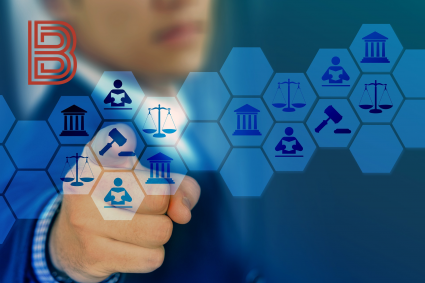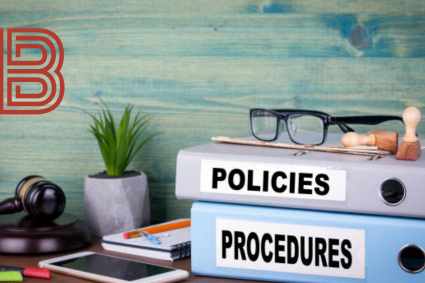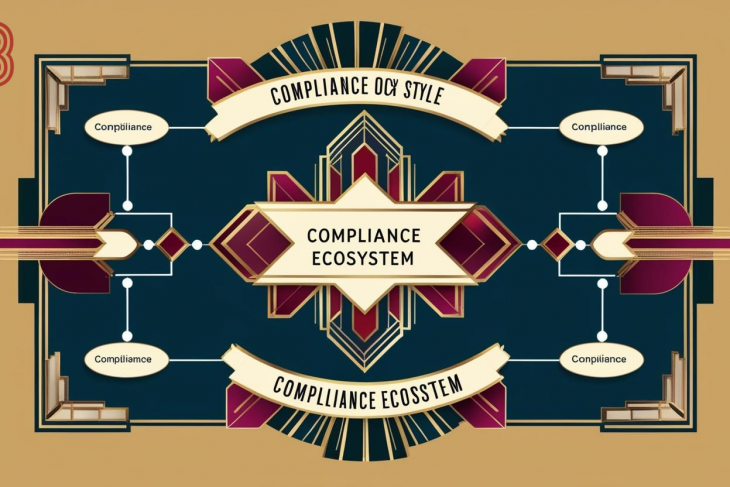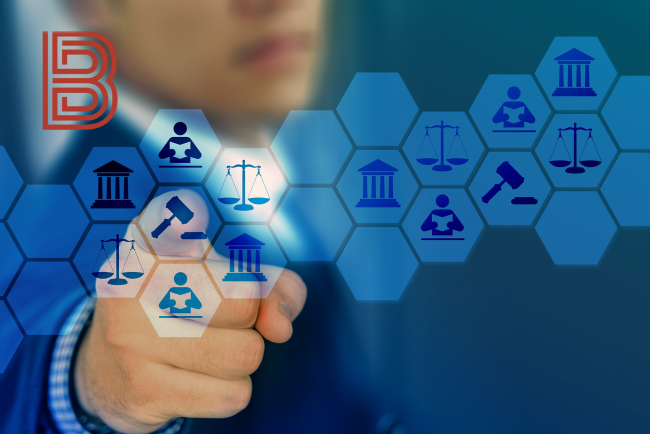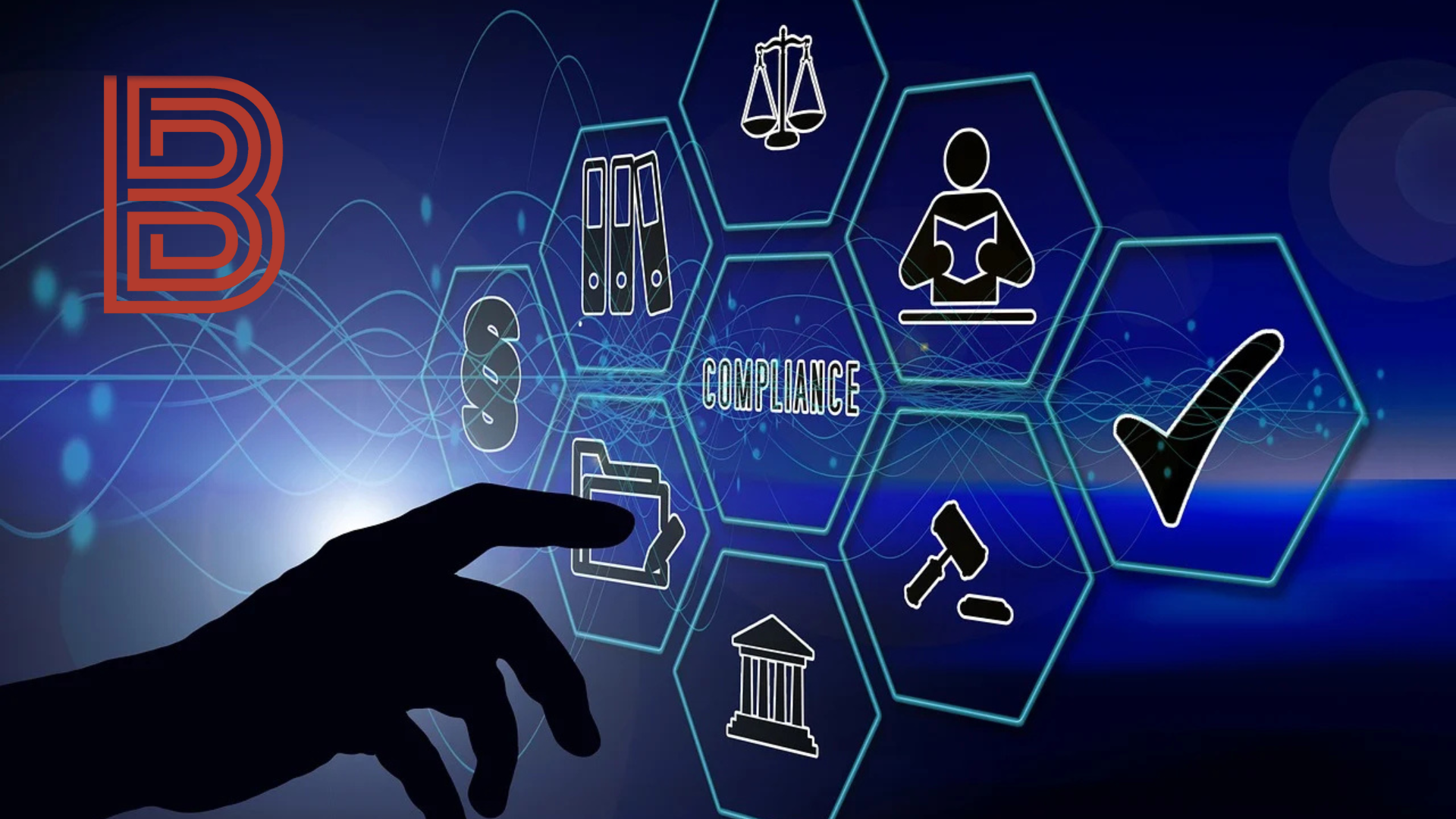
Introduction
In the increasingly complex regulatory landscape of the modern business world, maintaining compliance is both critical and challenging. With regulations evolving across various industries and jurisdictions, businesses face mounting pressure to meet legal obligations while remaining agile and competitive. In response to these challenges, many companies are turning to technology-powered compliance solutions. These tools leverage automation, artificial intelligence (AI), machine learning (ML), and big data analytics to streamline compliance processes, reduce human error, and ultimately lower the risk of regulatory violations. This paper explores how tech-powered compliance solutions help businesses minimize regulatory risks and foster a culture of accountability and efficiency.
1. The Growing Complexity of Regulatory Compliance
The scope and scale of regulatory requirements have exppanded significantly over the last decade. Industries such as finance, healthcare, energy, and technology face stringent regulations from government bodies and international organizations. Non-compliance can result in hefty fines, legal penalties, reputational damage, and even operational shutdowns.
Some key drivers of increased regulatory complexity include:
Globalization: Businesses operating across borders must comply with multiple jurisdictions’ regulations.
Data Privacy Laws: The introduction of laws like the General Data Protection Regulation (GDPR) and the California Consumer Privacy Act (CCPA) has added layers of complexity to data handling.
Financial Regulations: Regulations such as the Sarbanes-Oxley Act (SOX), the Dodd-Frank Act, and Basel III impose rigorous standards on financial reporting and risk management.
Environmental Regulations: Sustainability and environmental impact rules require detailed tracking and reporting.
2. Traditional Compliance Challenges
Traditional compliance programs often rely on manual processes, spreadsheets, and human oversight. These methods are not only time-consuming but also prone to errors and inefficiencies. Some common challenges include:
Fragmented Data: Compliance data spread across various departments and systems.
Lack of Real-Time Monitoring: Inability to detect and respond to compliance issues promptly.
High Costs: Manual audits, training, and reporting require significant resources.
Inconsistent Processes: Different interpretations of regulatory requirements across departments.
3. Technology as a Compliance
Enabler Technological advancements are revolutionizing the way businesses approach compliance. Key technologies include:
3.1 Automation Automation streamlines routine compliance tasks such as data entry, document review, and report generation. It ensures consistency and reduces the workload on compliance teams.
Example: Automated Know Your Customer (KYC) checks in al services.
3.2 Artificial Intelligence and Machine Learning AI and ML analyze large datasets to identify patterns, anomalies, and potential compliance risks. These tools can predict future risks and suggest corrective actions.
Example: AI-driven surveillance systems in trading to detect insider trading or market manipulation.
3.3 Big Data and Analytics Big data platforms consolidate and analyze information from multiple sources, providing actionable insights and real-time compliance monitoring.
Example: Healthcare companies using analytics to ensure compliance with patient privacy regulations.
3.4 Blockchain Blockchain offers transparent, tamper-proof records, making it ideal for maintaining audit trails and ensuring data integrity.
Example: Supply chain management systems using blockchain to track product origin and compliance with labor laws.
4. Benefits of Tech-Powered Compliance
4.1 Reduced Risk of Violations
Tech-powered solutions identify potential non-compliance early, allowing businesses to take corrective measures before violations occur.
4.2 Enhanced Efficiency
Automation and AI reduce the time and cost associated with manual compliance processes.
4.3 Real-Time Monitoring and Reporting
Organizations can continuously monitor compliance metrics and generate real-time reports for stakeholders and regulators.
4.4 Improved Accuracy and Consistency
Standardized processes and automated workflows ensure accurate and consistent compliance practices.
4.5 Scalability
Tech solutions can scale with business growth, accommodating increasing regulatory demands without proportionally increasing costs.
5. Case Studies and Industry Applications
5.1 Financial Services Banks and financial institutions use AI and ML for fraud detection, AML (anti-money laundering) compliance, and risk management. Automated systems perform KYC checks and monitor transactions for suspicious activities.
5.2 Healthcare Hospitals and clinics use data analytics to ensure compliance with HIPAA and other health information regulations. Electronic Health Records (EHRs) with built-in compliance features help protect patient data.
5.3 Manufacturing Manufacturers use IoT and data analytics to monitor environmental compliance, product safety standards, and supply chain regulations.
5.4 Technology Sector
Tech companies use automated privacy management tools to comply with global data protection regulations and manage user consent.
6. Implementing Tech-Driven Compliance Solutions
6.1 Assessment and Planning
Organizations should begin with a comprehensive compliance risk assessment and identify areas where technology can have the most impact.
6.2 Selecting the Right Tools
Choosing the right mix of technologies tailored to the organization’s needs is critical. Cloud-based platforms, AI engines, and analytics dashboards are common components.
6.3 Integration and Training
Tech solutions must be integrated with existing systems and workflows. Employees should be trained to use new tools effectively.
6.4 Continuous Improvement
Compliance technology should be regularly updated to reflect es in regulations and improve functionality based on user feedback.
7. Challenges and Considerations
7.1 Data Security and Privacy
As compliance technologies process sensitive data, robust cybersecurity measures are essential.
7.2 Cost of Implementation
Initial investment in technology may be high, but long-term savings and risk reduction often justify the cost.
7.3 Change Management
Shifting to a tech-driven compliance model requires cultural and organizational changes, which must be managed carefully.
7.4 Regulatory Uncertainty
Evolving regulations may require frequent updates to compliance systems, demanding flexibility and adaptability.
8. Future Outlook
The future of compliance lies in intelligent, adaptive systems that not only ensure adherence to regulations but also provide strategic business insights. Technologies such as predictive analytics, natural language processing (NLP), and advanced robotics will play an increasingly important role. The integration of compliance with overall risk management and corporate governance will become more seamless, turning compliance from a cost center into a value driver.
Summary
Tech-powered compliance solutions represent a transformative approach to managing regulatory risk. By leveraging automation, AI, analytics, and other advanced technologies, businesses can enhance their ability to detect, prevent, and respond to compliance issues. These tools not only reduce the likelihood of violations but also improve operational efficiency, support strategic decision-making, and build stakeholder trust. As regulations continue to evolve, embracing technological solutions will be essential for businesses seeking to thrive in a complex and dynamic regulatory environment.



